Why we ran it: To see if the new Range Rover is all the car you will ever need
Month 6 - Month 5 - Month 4 - Month 3 - Month 2 - Month 1 - Final specs
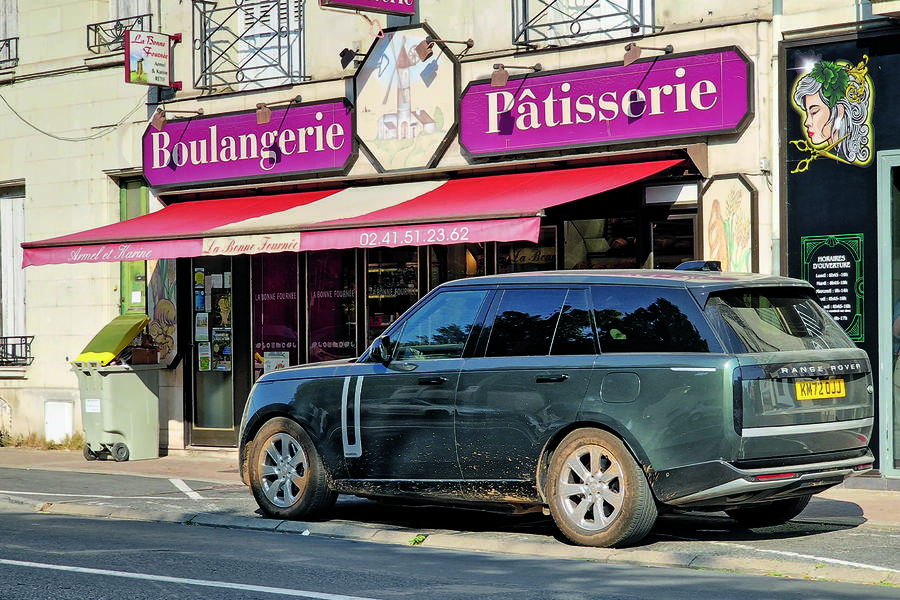
Life with a Range Rover: Month 6
After 12,000 miles with our upmarket plug-in hybrid SUV, the final verdict is in - 8 November
The Range Rover is one of those cars with a fervent fanbase. Whether or not anyone needs a car of such monumental ability (most of the time they don’t), lots of people unconditionally love the brand, what the cars have to offer, and are either serial owners or covet the idea of owning one. It’s a bit of a cult.
And, honestly, that’s absolutely fine. There’s a heap of appeal here, yet the whole Range Rover thing has never resonated with me. My idea of the perfect Land Rover product was always something along the lines of a Discovery 4 with a diesel V6 – comfortable and spacious but hardy and manageably sized – and, crucially, très unpretentious.
So, as ridiculous as it sounds, I wasn’t exactly a drooling mess when in June I took over the running of our £137k Belgravia Green Range Rover P440e. I’ve never hankered after a 2.7-tonne SUV with a tax-break PHEV powertrain and wood trim. More to the point, in my patch of London, owning such an overlord-spec machine just isn’t the way to make friends. Only the other day, a tyre on my GLC test car was let down by the ‘Tyre Extinguishers’ (Google them; they use lentils). A GLC! The Rangie makes the Mercedes look like a scale model.
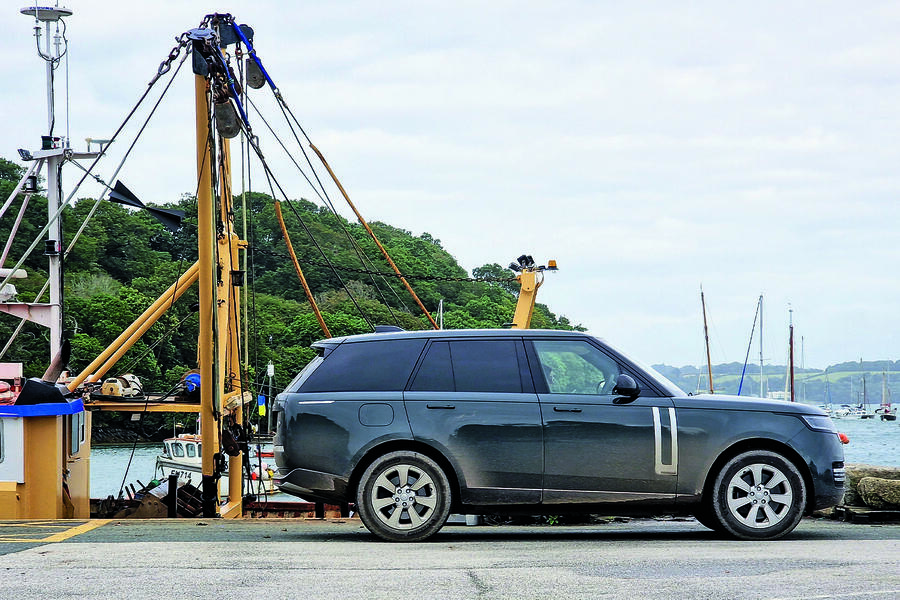
Neither did things get off to a great start. The P440e was taken to France, where it lugged around the dead weight of its depleted battery for a week or two and, even with considered use, struggled to return MPG figures much above the mid-20s. It also didn’t fit into French car parks and the steering hunted about in a subtle but slightly tiring manner on long motorway stints.
I knew deep down that, even back in the UK, I wasn’t going to charge the battery much, even though it’s a substantial unit that can give you around 50 miles of electric range in normal driving. I mean, why bother, unless you have a driveway and wallbox charger and plugging in really is the work of a moment?
The 3.0-litre straight six is perfectly effective on its own. It fact, it’s a hell of an engine – so smooth, quietly sonorous and so bloody torquey. All in, this powertrain makes 457lb ft of torque, meaning the P440e will outdrag a VW Golf GTI. Crazy.
Then there was the cabin. In fairness, JLR’s new-ish Pivi Pro works reliability well and looks the part. Likewise, the unique juxtaposition of geeky 4WD graphics - displaying everything from the inclination to the locking actions of the differentials in real-time - and the sublime, up-in-the-clouds serenity of the car's huge cabin was quite something.
Over time, though, certain deficiencies in perceived quality began to irritate in a car of this price. Not all of the switchgear felt especially solid and electrical gremlins weren't uncommon. How many cars of this ilk have an indicator icon that flashes twice as fast going in one direction as in the other? The biggest disappointment was the Ultrafabrics upholstery which genuinely feels a bit like newspaper and in black attracts dust like nothing else.
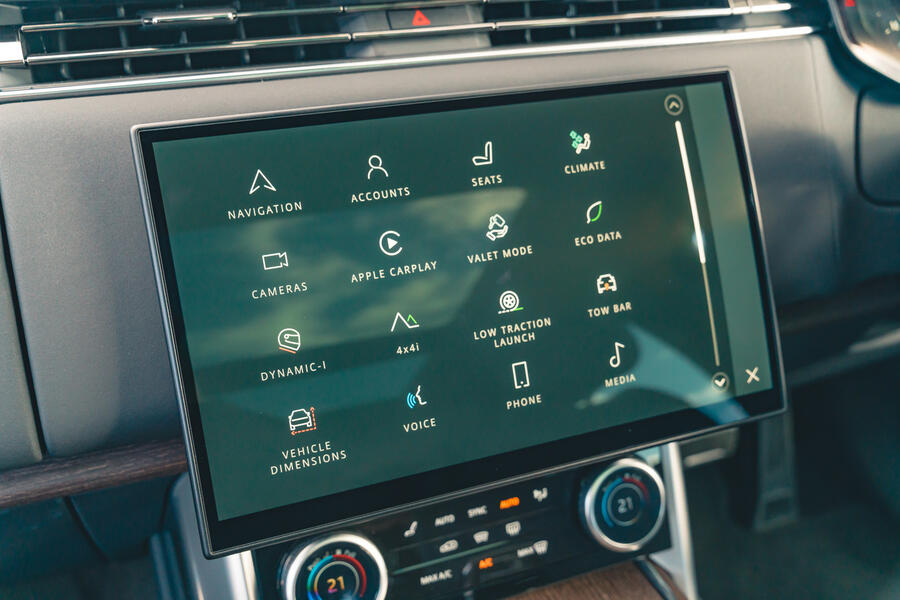
I’d stick to leather, preferably in a lighter hue. But my lukewarm view of the car began to change after a trip to Devon in foul weather. It’s amazing how cars can click in certain conditions or when asked to perform certain tasks, and you look upon them a lot more favourably thereafter. Minor irritations melt away. On sopping motorways and muddy lanes, our P440e put on an exhibition. The handling was miraculously tidy in an environment where something this size should have been a total handful.
On larger roads, the perfect relationship between steering response and the rate of body roll makes this SUV more satisfying to drive in the real world than almost any other. Rear-wheel steering is a revelation when you need to tuck into a tight spot. The car's superb visibility also came into its own, and the general sense of well-being the Range Rover at all times imparts is possibly unmatched.
It is a truly lovely company and reeks of character. The slab-sided 'L460' Range Rover has. in its own way, as much personality as any GT- division Porsche. And once you’ve clicked with it, there’s no looking back. Only a Range Rover will do. All of which isn’t to say I have become a full-blown Range Rover acolyte: it’s still Disco 4 for me, thank you.
The new Rangie remains a silly thing to plod around in if you only drive inside the M25, and most owners would be better off with a more efficient and more versatile BMW X7. But I do now properly ‘get’ this car and, given the means, would naturally entertain the idea of ownership. It will be missed.
Second Opinion
City clickers get miffed at the overwhelming prevalence of such cars in London, but the truth of the matter is that they just work so damned well here. The Range Rover is so big that any traffic in front of it seems to part like the Red Sea, while at low speeds, it moves like a Mini and emits nothing but a faint whirr.
Felix Page
Love it:
Mobile sanctuary Climbing into the quiet confines of the Range Rover was never less than cathartic.
Silky performance Hybrid-assisted petrol straight six is an understated gem, piling on revs with an unobtrusive zing.
Class handling It steers like a thoroughbred and can be gently hustled when you need to make good progress.
Loathe it:
Quality niggles I never liked the fabric and the Rangie in general lacks the bank-vault solidity of, say, a BMW X7.
Rough trundler It’s not always as serene as you’d expect over speed bumps and poor surfaces, even on smallest wheels.
Final mileage: 15,034
Posh armrests add to the Range Rover's luxury feel - 11 October
As far as I can tell, it was only on the Mk2 Range Rover of 1994 that front armrests became commonplace. They’re unspectacular, but I love them. They’re part of the Land Rover driving experience, and whether you’re cruising on the motorway or feathering down an A-road with your fingertips (which, amazingly, you can do), they make a difference.
Mileage: 14,750
Life with a Range Rover: Month 5
Our plug-in hybrid SUV is just like a Lamborghini Huracán. Kinda - 13 September
You wouldn’t think a Lamborghini Huracán Sterrato and our long-term Range Rover have much in common, and you would be right. In today’s world, they share the same clientele, sure, but that’s the extent of their similarities.
Even only one of them has a snorkel (guess which). Yet things change if you zoom out a bit. Returning the Sterrato I borrowed for last week’s Welsh adventure to HR Owen’s new mega-dealership in Hatfield (worth a visit if you’re passing), it occurred to me that there’s an overarching theme that links the two cars. It’s an obvious one: both are intended to straddle very different, even diametrically opposed, spheres. Fundamentally, one is just as improbable as the other.
Despite being a mid-engined Lambo, the Sterrato will happily scramble down gnarly dirt and gravel tracks as though it were a ratty Audi A6 Allroad. This is no mean feat for a machine originally designed to hang its mechanical bits as close to the road as possible.
Meanwhile, the Rangie rides like a Mercedes-Benz S-Class, despite the fact it will wade through rivers that would leave something like a Porsche Cayman nearly submerged.
One stat that I particularly like is that when you put the Range Rover into Off-Road mode, its air springs lift its body by 135mm, which is cracking on for the Sterrato’s ride height in totality. (Equally, you can lower the body 50mm in Access mode, but I like clambering up into big off-roaders, their height being their answer to scissor doors for bringing some sense of occasion.)
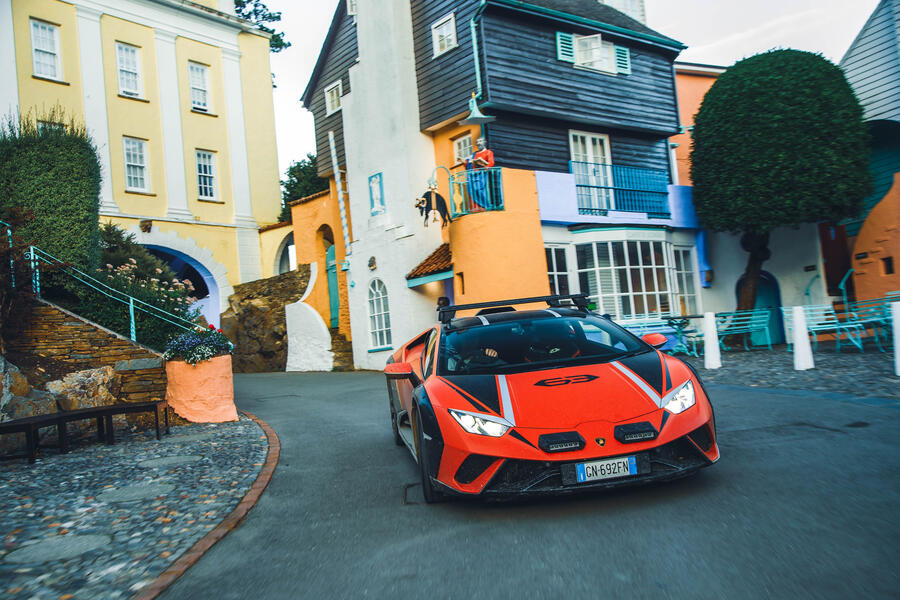
Let’s now talk about the Rangie’s lavishness, because a truly vault-like cabin atmosphere, particularly at low speeds, is its secret sauce. I was reminded of this by the HR Owen technician who went to fetch it from the on-site multi-storey. He had driven it only a few hundred metres and probably no faster than 15mph but was profoundly taken by the tranquillity of the experience.
Its quietness of trundling is quite something. During our road test of the D350, it recorded 52dBA at 30mph, compared with the 54dBA for the current S-Class (in S580e PHEV form) and, remarkably, 53dBA for that other RR, denomination Phantom.
Wind noise builds above 60mph, owing to the colossal frontal area, but for bumbling around this SUV is whisper-quiet, even with its straight six spinning. Height also plays into the sense of almost eerie calm, not least due to the privacy it imparts.
Knitting everything together is the suspension. The peculiar motion the body makes as those enormous wheels roll beneath it is inimitable.
Blindfolded, you would recognise it in seconds, because nothing else on sale moves with this sort of gentle, oleaginous heft. For every degree of roll you get in an S-Class, you seem to get two or three in the Rangie, but every bit of movement has a reassuring deliberateness to it. The first mile of travel after hoicking yourself up and inside is just a lovely, lovely thing, especially in crap weather.
All of which means it’s a genuine shame to report that the way the Range Rover copes with potholes and speed bumps isn’t up to scratch. I’m not sure of the reason, but it’s a conspicuous chink in its armour. There are times when the Sterrato does it better – which is mad.
Love it
Three pins
There’s a domestic socket in the rear of the centre console, intended for cool boxes and laptops. Simple but oh so useful.
Loathe it
Double time
Indicate left and it clicks at about 60bpm; indicate right and it’s more like 120bpm. Everything looks fine on the outside, but it’s a bit shoddy.
MIleage: 12,943
Life with a Ranger Rover: Month 4
Two weeks in the Loire highlight the joy and compromises of a big, plush PHEV - 30 August
Driving a dark green Range Rover to the Loire for a couple of weeks comes close to peak lish plumminess but, joking aside, it’s the sort of trip this car does need to nail. So does it?
Yes and no. A plug-in hybrid Rangie really isn’t the ideal candidate for a trip like this. Most accommodation in semi- rural Europe is unlikely to have a charger and, even if it does, it’s not cricket to leave your six-cylinder SUV on charge overnight, forcing the poor souls in EVs to fend for themselves. So you spend all
your time pointlessly lugging around a 31.8kWh battery that weighs probably about 225kg, plus the electric motor inside the transmission.
It means that at a fast cruise, you’re lucky to get 27mpg from a petrol P440e, which, with the 71.5-litre tank, translates to around 425 miles of range. Contrast this with the torquier D350 diesel, which I’m led to believe will easily manage 35mpg in the same conditions and
feels less profligate. An 80-litre tank also means 620 miles between fills. Fuel bills aside, the car is a peach when you’re on the road for an extended period. The scope of the cabin, the comfort of the cockpit, the little fridge for pastries and sandwiches: all good things.
I’ve said before that the sheer size and softness of the new Range Rover lends the handling an imprecision that can get tiring after many hours in the saddle.
However, the trade-off is the laid-back cosiness of journeys in any weather, as well as the car’s ability – and it’s irrelevant whether or not this is ever realised – to essentially go anywhere you point it. Except, that is, into the underground car parks that are designed for tiny French hatchbacks but can become inescapable dungeons for something as monumental as the Range Rover.
Elsewhere, the car is still wearing the basic ‘7020’ rims from an off-roading feature we did a couple of months ago. Nobody ever options these wheels on their six-figure Rangie, but I rather like them.
In Autobiography trim, the L460- generation car isn’t exactly salt of the earth. The 20in 7020s and a bit of mud dial back the pretentiousness and morph the car into something less obtrusive – and frankly more acceptable to the French.
Love it
Long-wave gait
The way the big Range Rover wafts is a wonder of the automotive world.
Loathe it
EV recalcitrance
I don’t know why, when the battery is nearly full, you can’t just drive off in EV mode. Too often the motor starts up when I don’t want it to.
Mileage: 12,155
The Range Rover's boot isn't quite as practical as it seems... - 16 August
You’d think a Range Rover would be well suited indeed to tip runs. It’s enormous. But it’s not actually that enormous when it comes to carrying awkward items, and the electricfolding rear seats get agitated if you don’t slide the fronts forward enough for them to complete their bow. And it only just slithers under a 1.9m height restriction. The splitfolding tailgate is great, mind.
Mileage: 11,904
Life with a Range Rover: Month 3
The Range Rover is a fine match for the Goodwood car park- 25 July
The Range Rover’s previous keeper, whom I won’t name as he’s no longer of this parish, fitted it with off-road tyres in his last week at Autocar. Annoying for me, because I mostly drive on motorways, but I said a silent thanks last week when crossing an especially treacherous grass car park at Goodwood. Still, I reckon we’d have managed on smoother rubber... Felix Page
Mileage: 11,460
Punctures galore... - 7 July
I seem to be attracting slow punctures at an appalling rate. A few weeks ago it was our Audi E-tron GT, now it’s the Range Rover. It was laid low by a small screw, despite the fact it was wearing chunky all-season tyres. Pretty unlucky. I felt sorry for the Kwik Fit man doing the repair, because the wheel and tyre package must weigh close to 40kg.
Mileage: 8244
Life with a Range Rover: Month 2
Fancy driving someone else’s 5m-long, 2.2m-wide, £137k SUV in busy London? - 21 June
I've previously moaned in these pages about the disproportionately large footprint and needlessly lazy turning circle of my Ora Funky Cat (see right), but for all its flaws, it remains a much more sensible urban proposition than some of the towering tanks I see hurtling around London. Big cars just make no sense in a tight, busy city centre.
So when the keys to the Range Rover PHEV landed in my lap one Friday evening, I had harrowing visions of scraped alloys, warped bumpers and scuffed trim. At more than five metres long, at 2.2 metres wide and with a wheel base in which you could comfortably park a Smart Fortwo, this surely wasn't designed to be threaded between double-deckers and down high-kerbed one-way residential streets
But I needed something comfy, capacious and ICE-powered for a succession of long drives, so I did some spacial awareness exercises, checked a map of my commute for previously unnoticed width restrictions and took a deep breath.
Job one: get the Range Rover down from the seventh floor of Autocar's notoriously tight multi-storey. This was actually really easy: I just persuaded Steve Cropley to take it for a quick spin "to see what you think", so he did the job for me.
It wasn't that hard, though, as he explained when I met him later at Aston Martin's Gaydon HQ and alerted him to my ruse. Its 7.3deg of rear steering makes for a turning circle roughly on par with your average Volkswagen Golf, and the trick off-road-camera interface doubles up as a handy kerb detector and proximity aid.
Now, though, it was finally time to face my fears, and after accidentally driving onto a roadside flowerbed in front of some politely smiling but clearly confused Aston Martin staff, I nervously merged onto the M40.
Within two miles, though, I had all but forgotten about the SUV's bulk. As quick and quiet at a cruise as any estate car and no harder to position within its lane, it's no doubt an imposing presence for other road users but not a car that exhausts you through constant demands on your concentration at speed.
Visibility is absolutely excellent and the various driver aids, of the type that are often lambasted, work well. Back inside the boundaries of the M25 and armed with a new-found confidence in my lorry-piloting abilities, I barely broke a sweat as I confronted a Lidl car park teeming with erratic rush-hour shoppers (probably not an environment that many Range Rover owners will find themselves in) and the smugly manoeuvred into my parking space at home in one deft movement.
By mid-morning the next day with a couple hundred more miles under my belt, I felt almost as if the Range Rover was wrapped around me, having become totally desensitised to its outsized proportions.
Of course, it pays to maintain awareness of such things (particularly when you're steaming along at 70mph in control of three tonnes of leather and aluminium) but the Range Rover manages to make this an exercise in adjusting your driving habits rather than resetting your points of reference.
Even when forced off the M25 by a diversion onto intimidatingly narrow and uncharacteristically busy country tracks, I remained unfazed.
The Range Rover is among the widest cars on sale, but it has the advantage of being able to scale muddy banks and traverse gloopy roadside ditches, so squeezing out of the way of an oncoming bus, for example, was barely more hair-raising than it would have been in a Ford Focus.
Wing mirrors in, deep breath, watch for sharp-looking branches and press on.
Am I really trying to paint one of the biggest cars that Britain has ever produced as the perfect urban runaround? Not quite, but you would be wrong to write off the Range Roer as your city-clicking luxobarge on the basis of its heft and stature. It does everything in its power to help you forget about it.
With all of that said, though, I wonder if the long-wheelbase car would make for such an easy ride.
Like it
Easy access
Putting the suspension in its lowest setting meant my 4ft 10in partner could access and load the Rangie as easily as a normal hatchback.
Loathe it
Dead weight
If you can't charge it, this is a six-cylinder, three-tonne petrol SUV, of which I was reminded when I saw I had got 22mpg over 1000 miles.
Mileage: 7783
Our Range Rover isn't quite as spacious as others - 7 June
A recent race weekend in a TVR Grantura meant the Range Rover was pressed into action to shift kit around the paddock. Comfort levels are slightly up on the historic TVR, as is the boot space. But the clever, electrically retracting parcel shelf in the Rangie is a pain when you’re shifting loads of stuff, because it eats into the available volume.
Mileage: 7023
Life with a Range Rover: Month 1
When you collect your new Range Rover, this really is the way to do it - 24 May
At north of £130,000, this Range Rover is in pretty rarefied territory, even in these days of £50k hot hatches. So how does Land Rover inject a bit of 'value added' into that purchase? By offering a complimentary trip to the factory where it's built.
This, of course, means a trip to the wonders of Solihull. Leaving aside the slightly awkward fact that this can't quite match the glamour of Maranello or the sheer industrial scale of Wolfsburg, it does mean that Land Rover can reinforce the Brit-built angle of the Rangie.
It starts with a chauffeur pick-up from your home that whisks you off to the Solihull plant. Once buzzed through the security gate, the VIP handover centre is immediately on the left after security, and even at this early stage it's already an impressive experience.
The building is one of those typical modern glass boxes, but it looks smart, and because you're right next to the factory entrance, you get a sense of how busy the site is. It's a hive of activity of people, cars and lorries, which gives a warm feeling of nostalgia for the glory days of British industry. Revamped at a cost of £10 million, the building you walk into has muted tones and clean lines inside.
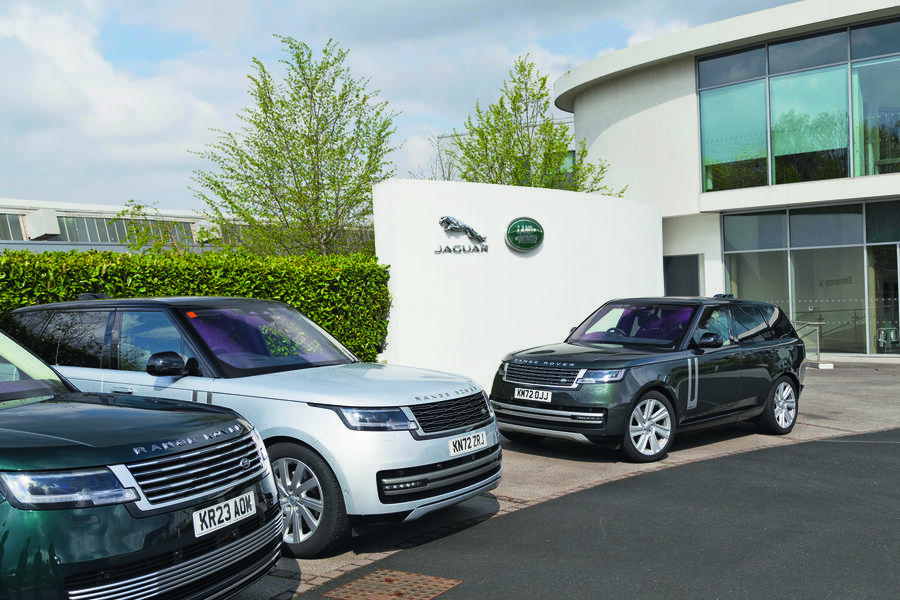
A Range Rover is in the foyer and photographer Luc Lacey and 1 are led upstairs, where a decent spread of food is laid on. This is all free to anyone who has bought an Autobiography or above, but SE and HSE customers can also option the experience, at a cost of £1200. It's at this point that Range Rover Studio deputy manager Adam Mercer, all suited and booted, comes to talk to us. We chat amiably for a few minutes and then he invites me downstairs.
Now it's time for the pièce de résistance. Ushering Lacey and me inside an extremely dark room, Mercer directs me to a point on the floor. The room is so pitch black that I can't make out any details, save for a vague idea there's a car-shaped object in front of me.
Mercer works his iPad and we're suddenly treated to a fascinating light show, starting with design highlights of the Range Rover, moving through more technical aspects of the car (like the X-ray vision of its body-in-white), then on to the car driving down forest tracks and beautiful roads.
Using lasers playing over the surface of a Range Rover that has been wrapped is a reflective cloth, the car is the carvas for this art display. It probably lasts for only a minute before the room is plunged into darkness again, at which point you can hear Mercer moving forward and removing the cloth.
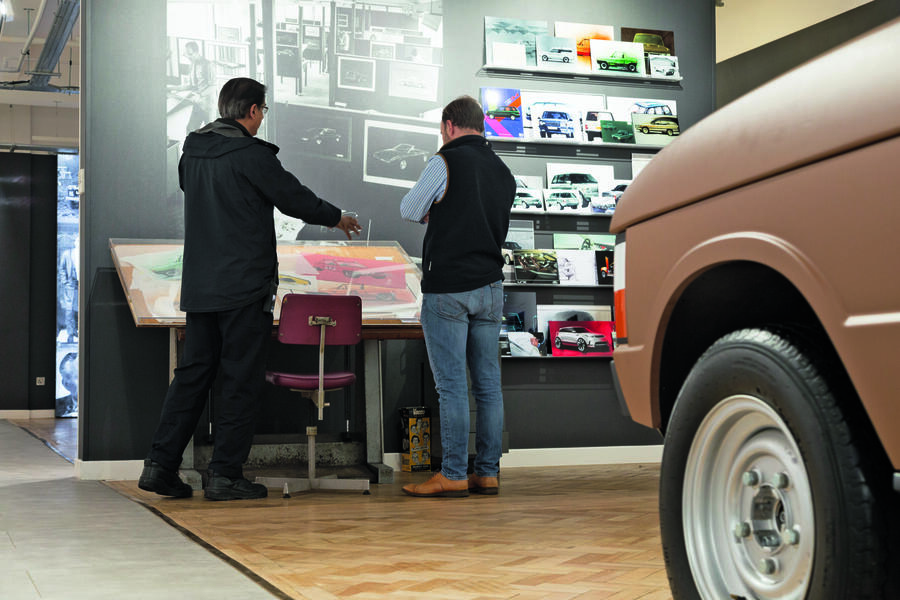
The lights go up and, if you were a customer, you would see your brand-new car in front of you - the actual one you're here to collect. It's a bit of surprise and delight that, says Mercer, gets plenty of appreciation from customers. More brand deep-dive awaits after this, as a guide then takes customers to Block 1, the old 1939 factory where the original Range Rover was conceived.
There, some rooms have been turned into the 'Kingmakers Exhibition', a historic glance through the Range Rover story. It's a cracking little museum and really well curated, with enough information and exhibits to be interesting without swamping you.
Then it's back over to the glass box to collect the car and drive home. Despite Land Rover selling nearly 20,000 Rangies a year, it manages to feel tailored. I reckon it would be a decent way to start your Range Rover life.
Like
The reversing camera
Very handy in a tight, multi-storey car park.
Loathe
Folding the electric rear seats
Manual ones would be much quicker.
Mileage: 7023
Best car in the world? Try roaming podcast studio... - 17 May
As if to prove that it really is the most useful car in the world, the Range Rover ably doubled up as a podcast recording studio recently. Autocar’s resident podders, Steve Cropley and Matt Prior, had plenty of room in the rear to channel their inner Smashie and Nicey, and the three-pin plug back there was handy to keep Prior’s decrepit laptop battery running.
Mileage: 4418
Welcoming the Range Rover to the fleet - 3 May 2023
"Oh, Piers – I’m in love.” Having not seen or heard from my wife for several hours, I’m gripped by a sudden paranoia as the greeting filters down the phone.
Fortunately, reassurance comes swiftly from my children in the background, as they shout out happily that “this is the greatest car ever”. Ah yes, the new Range Rover long-termer that was helping out on the school run. Phew, marital bliss duly restored.
It’s fair to say I’ve never had a car that has elicited such enthusiasm/ intrigue from all and sundry. We’ve been bombarded in the street and school car park with people asking about how much it is, whether we can get them a deal – one person even said they loved it because it matched the colour of their wellies. Yes, this is a rural school…
Maybe this is just the consequence of the ‘country set’ of our location, because there are few cars out there that have such a long and glorious history in this part of the world as the Range Rover. Even if most people haven’t owned one – and most haven’t these days, that mantle instead taken up by Teslas and Defenders around us – there is still this familial link to Land Rover’s ‘big one’. People have a sense of commonality with it, so much so that it’s a reassuring presence on the roads.
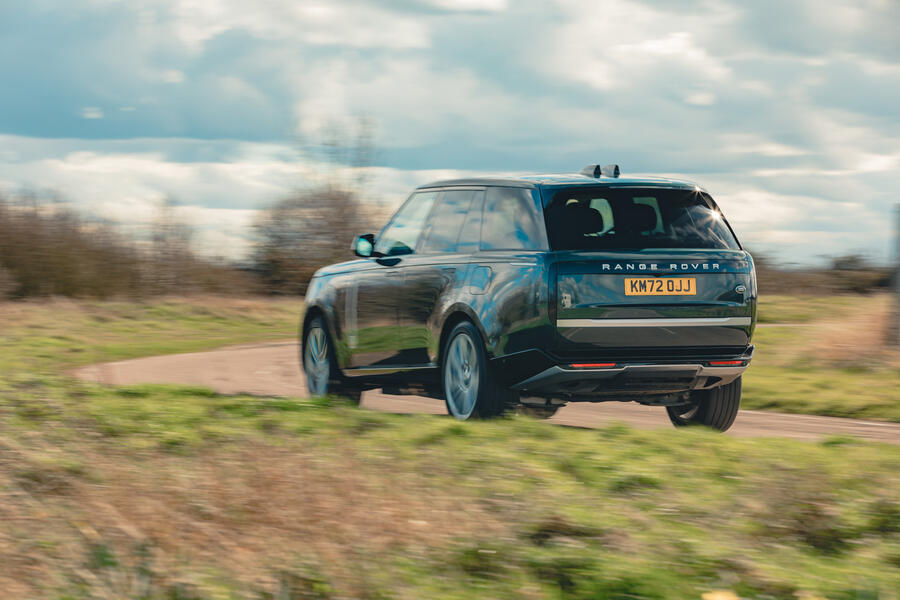
It’s also a huge presence. Our car is the standard-wheelbase P440e Autobiography, and at 5052mm long, 2209mm wide and 1870mm high, it dwarfs even cars as vast as a BMW X5. Not for the faint-hearted is parking in our local town.
To the rest of the details. The ‘e’ means a plug-in hybrid, with a theoretical electric-only range of 69 miles thanks to its 38.2kWh battery. In reality, it’s nearer to 55 miles, but that’s still an impressive figure and the reason our Range Rover sits in the 8% business-in-kind tax bracket. For people who run a car through their company (and let’s face it, at a list price of £135k, that’s going to be a chunky proportion of customers), that’s going to make a significant difference.
The engine is an Ingenium 3.0-litre straight-six petrol, capable of taking the car from 0-62mph in 6.0sec. Initial feedback is that the pace is more serene than whip-crack, but when would you want to be hounding hot hatches in a near- 2.8-tonne SUV? The electric motor provides 141bhp while total power
is 434bhp, with 457lb ft of torque. There is a P510e model with even more poke, but my experience so far suggests it wouldn’t be worth it.
The Autobiography sits towards the top of the Range Rover tree these days (the SV tops it, with SE and HSE below) so it comes with a healthy amount of kit. The front is dominated by the 13.1in Pivi Pro touchscreen that’s simple to use, for a touchscreen, and within easy reach even for a titch like me.
Understated is the name of the game in here. Seats are an Ultrafabrics/Kvadrat mix (a fake leather/wool mix), in black, while the wood is a matt-finish natural brown walnut with a modern twist inlay. It’s all beautifully done and feels special – Mr/Ms Company Director can start to justify the cost with the quality nature of it all.
The rear seats are classified as ‘Executive Class’, which seems somewhat wasted on my five- and seven-year-old, but the electric centre armrest, complete with touchscreen to control the various functions back there, keeps them entertained. Almost too much, to the point where we’ve had to ban them from fiddling with it to stop the arguments. Four-zone climate control brings the stress levels back down.
It’s the little touches that are marking it out so far – things like the armrests up front and the soft-close doors, and the tactile feel of the wool seat sides. One initial gripe is the electric motors that pull the flush door handles back in are quite loud and a bit un-Range Rovery.
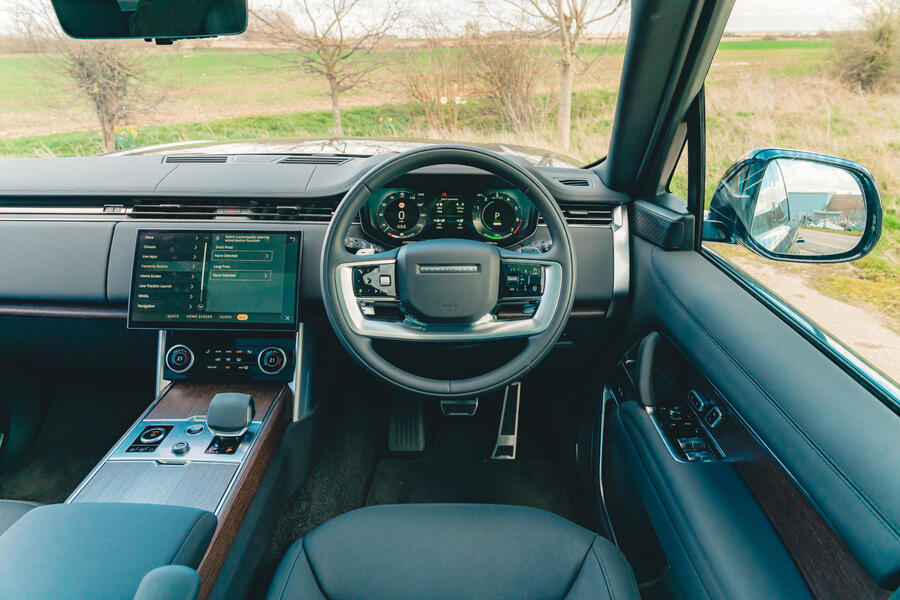
Happily, as my friend with the wellies has pointed out, green is now back as an available colour and the standard Belgravia Green does suit the car. The only options on our Rangie are a fridge in the centre console, a domestic plug socket, a tracker and a towbar. Hopefully we’ll need only three of those.
Interestingly, the 22in, diamond-turned wheels are standard fit. The car can drop down to 20s (handy for off-roading, as we will see in a future report), but the bigger alloys are no-cost options. If nothing else indicates the sheer size of the car, it’s that the 22s look pretty normal in the wheel arches.
I’m writing this on the day that we ran our story about order books opening for the electric Range Rover towards the end of the year. It’s clear that JLR is going through one of its oft-repeated resets at the moment, but if it can still produce cars like this Range Rover, there’s some welcome continuity with the world. It’s going to be interesting to see if it lives up to its early promise.
Second Opinion
There’s no denying this is a special vehicle – one that makes everything else seem a touch unrefined and lacklustre in one way or another. But while Piers will enjoy blending into the foliage of Middle England with our understated example, I’d spec a more colourful cabin and snazzier wheels if I was spending £140k.
Felix Page
Range Rover P440E Autobiography specification
Prices: List price new £134,865 List price now £134,865 Price as tested £136,300 Options: Front centre console refrigerator £480, domestic plug socket £120, Secure Tracker Pro £340, towbar £1095
Fuel consumption and range: Claimed economy 323.3mpg Claimed EV range 58 miles Fuel tank 71.5 litres Test average 27.6mpg Test best 35.4mpg Test worst 18.5mpg Real-world range 434 miles (petrol), 50 miles (electric)
Tech highlights: 0-62mph 6.0sec Top speed 140mph Engine 6 cyls in line, 2996cc, turbocharged, petrol, plus electric motor Max power 434bhp at 5500-6500rpm Max torque 457lb ft at 1500-5000rpm Transmission 8-spd automatic, 4WD Boot capacity 818-1841 litres Wheels 8.0Jx20 Tyres 275/55 R20, Michelin Primacy All-Season Kerb weight 2695kg
Service and running costs: Contract hire rate £1850 pcm CO2 20g/km Service costs None Other costs Tyre repair £29.99 Fuel costs £3015.29 Running costs inc fuel ££3045.28 Cost per mile 25.4 pence Faults Speed of indicator lights


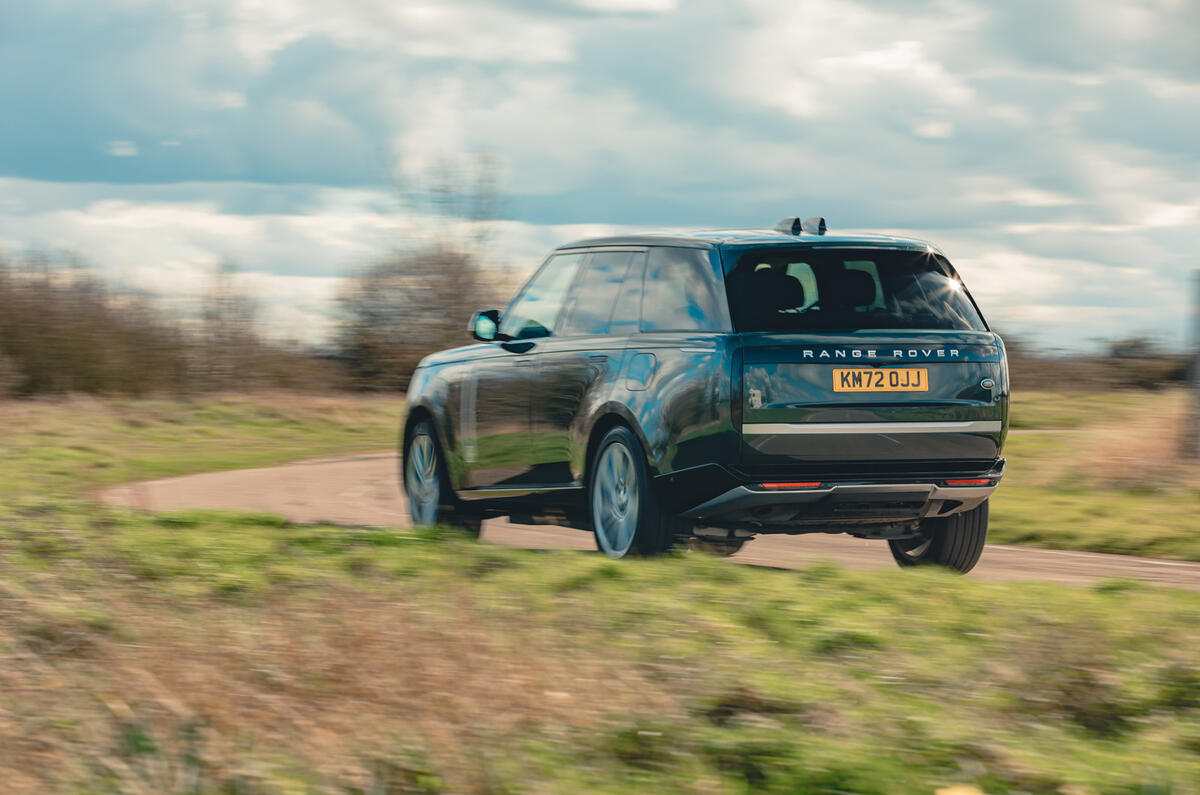


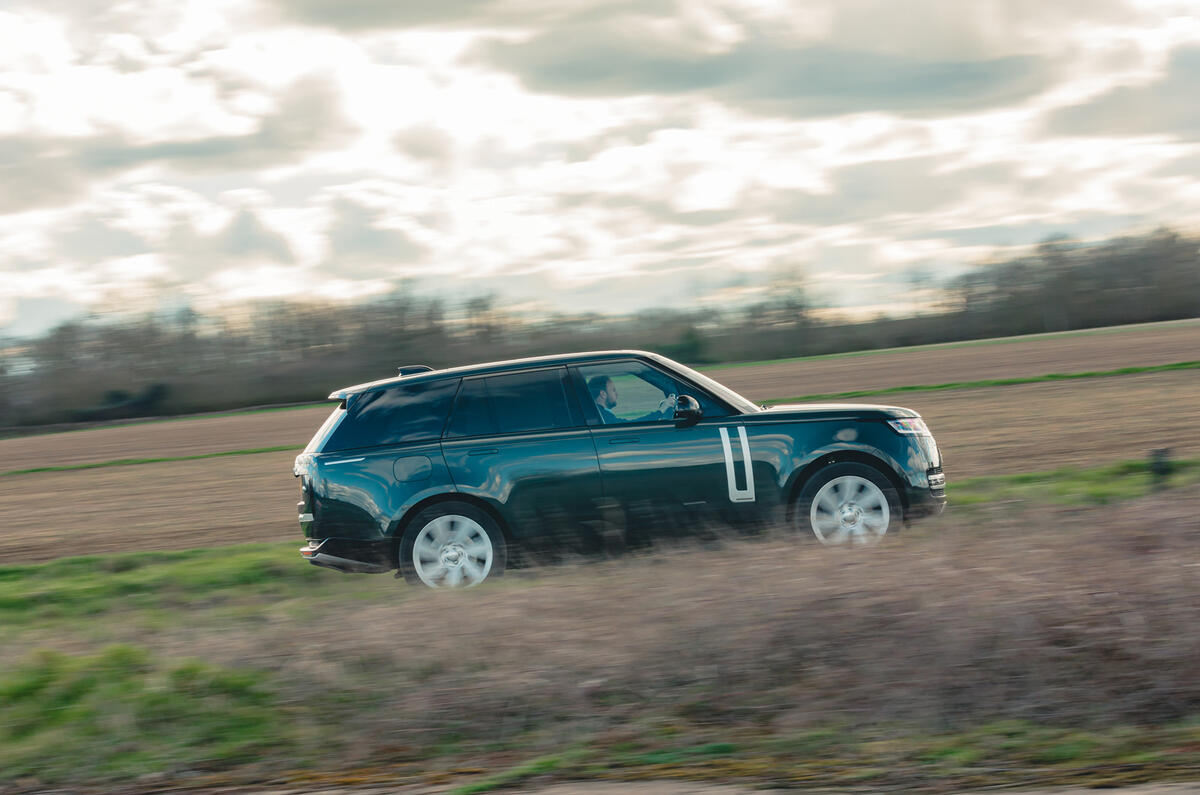
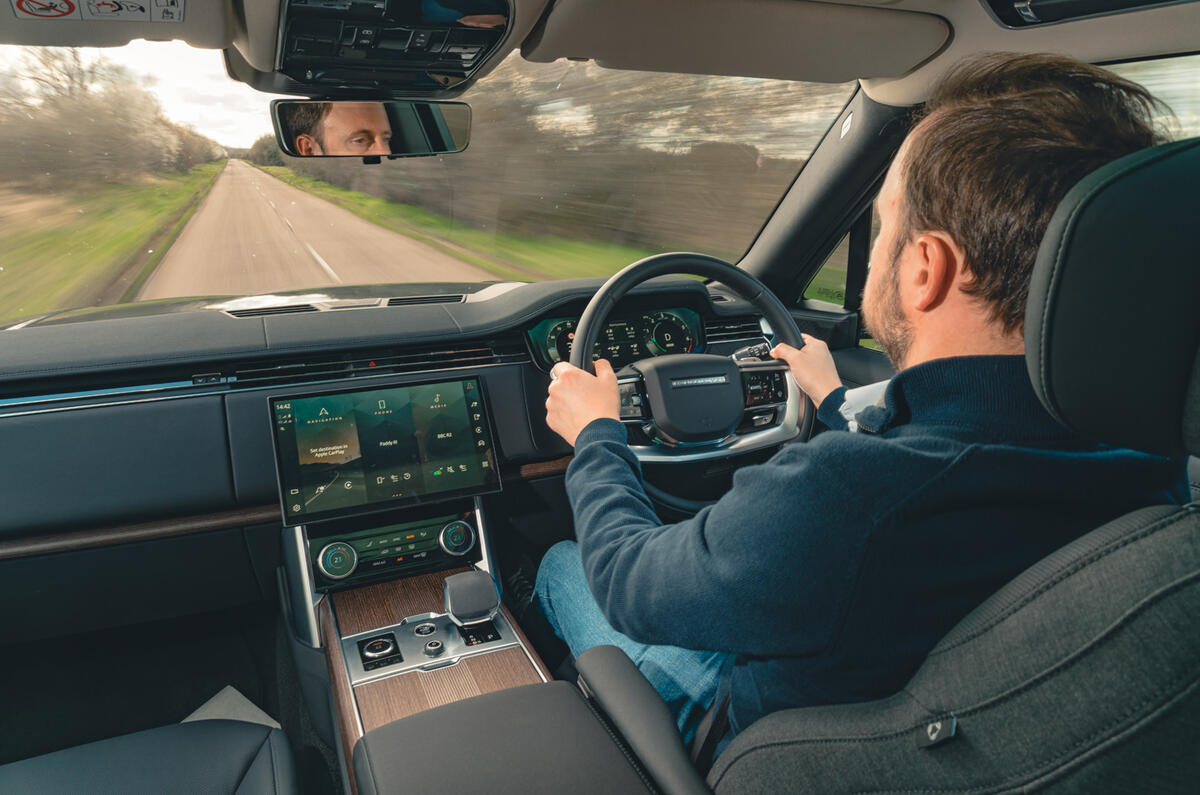
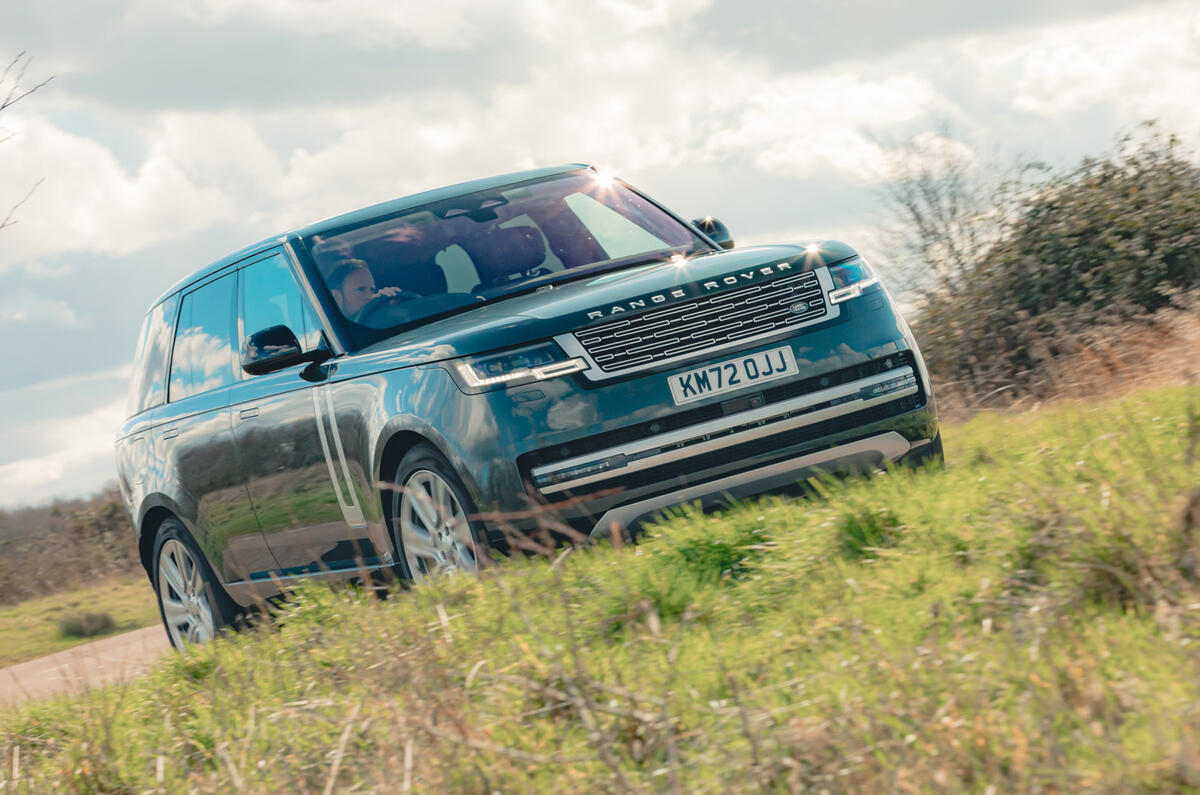

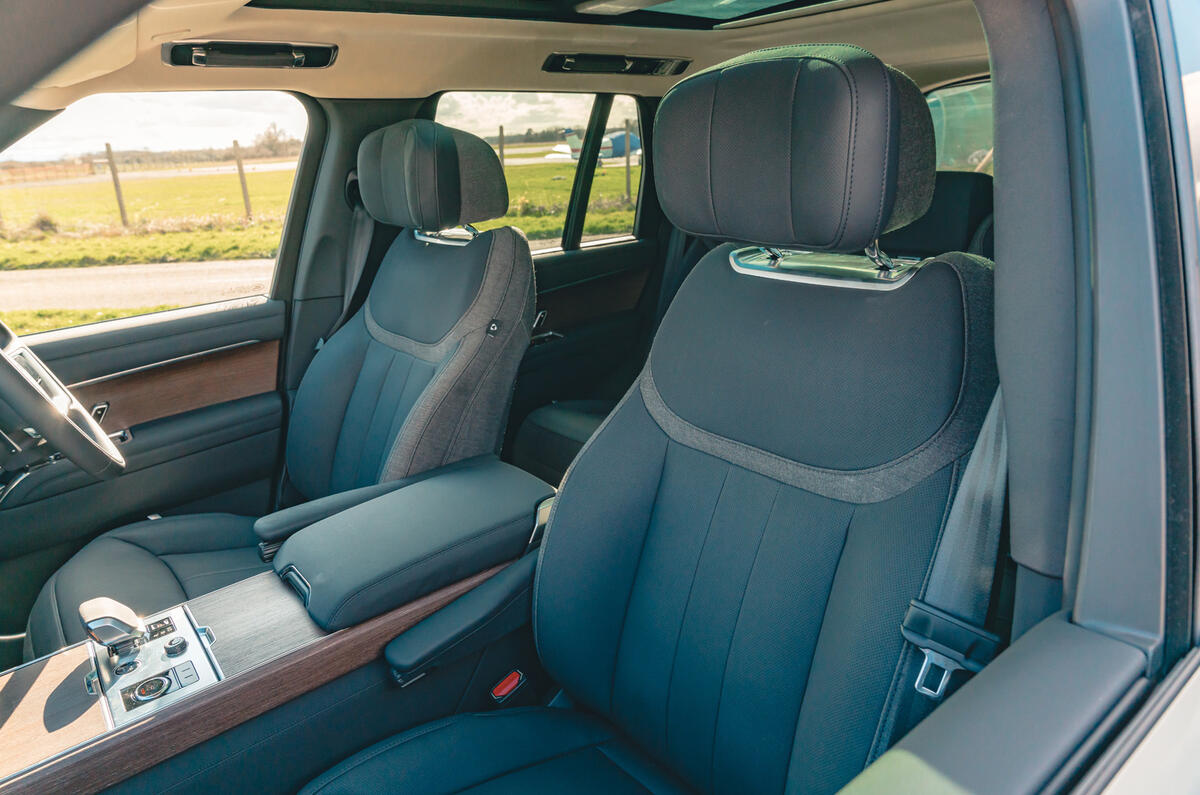
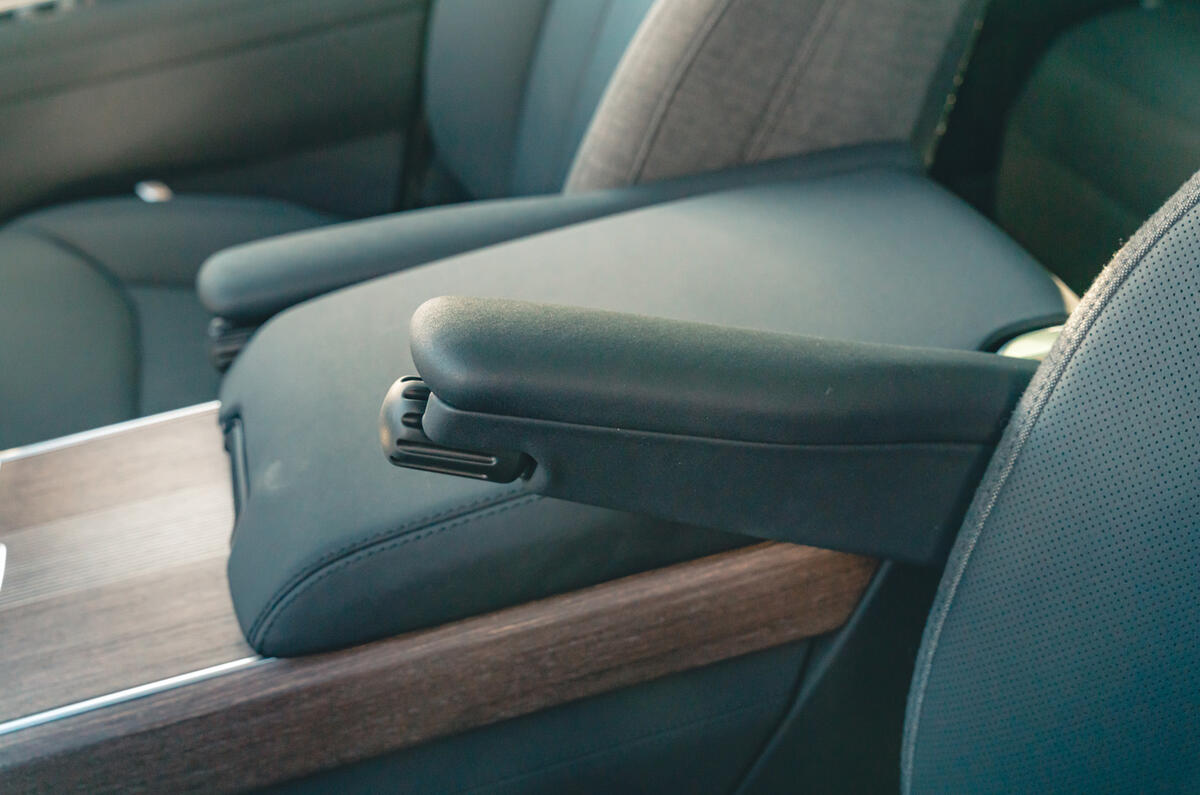
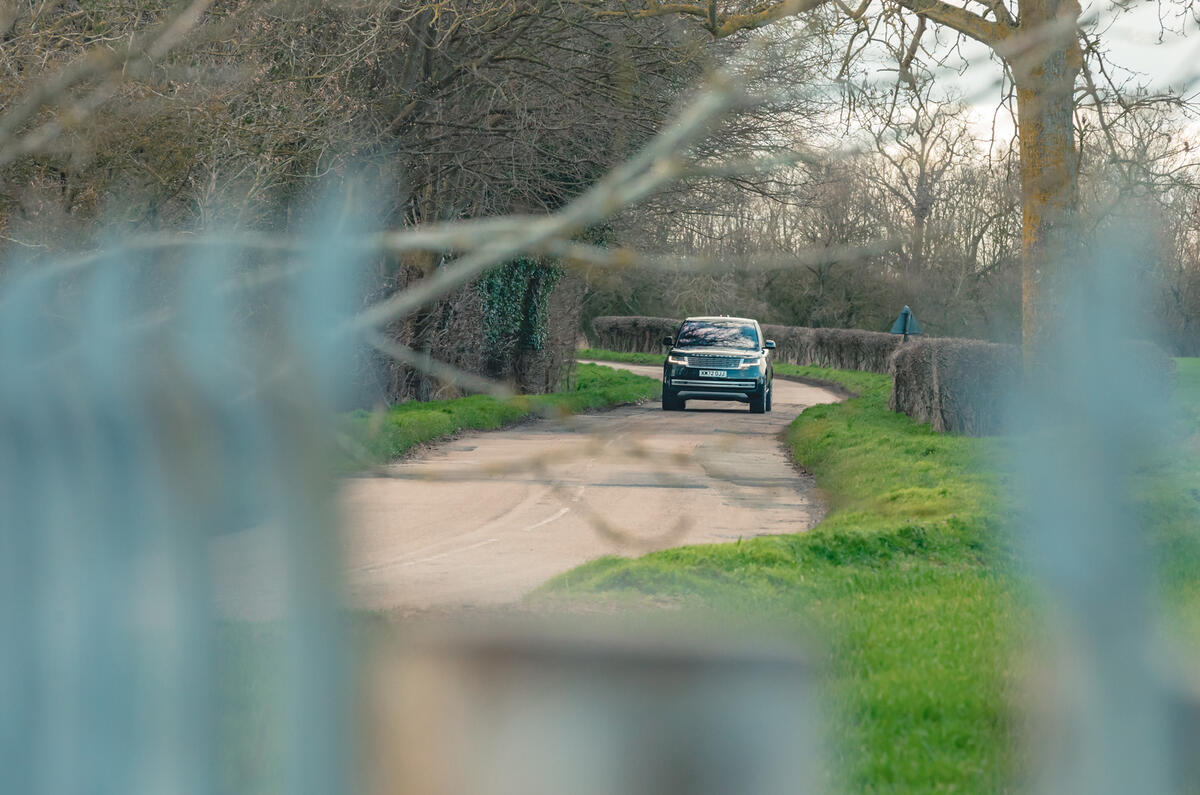
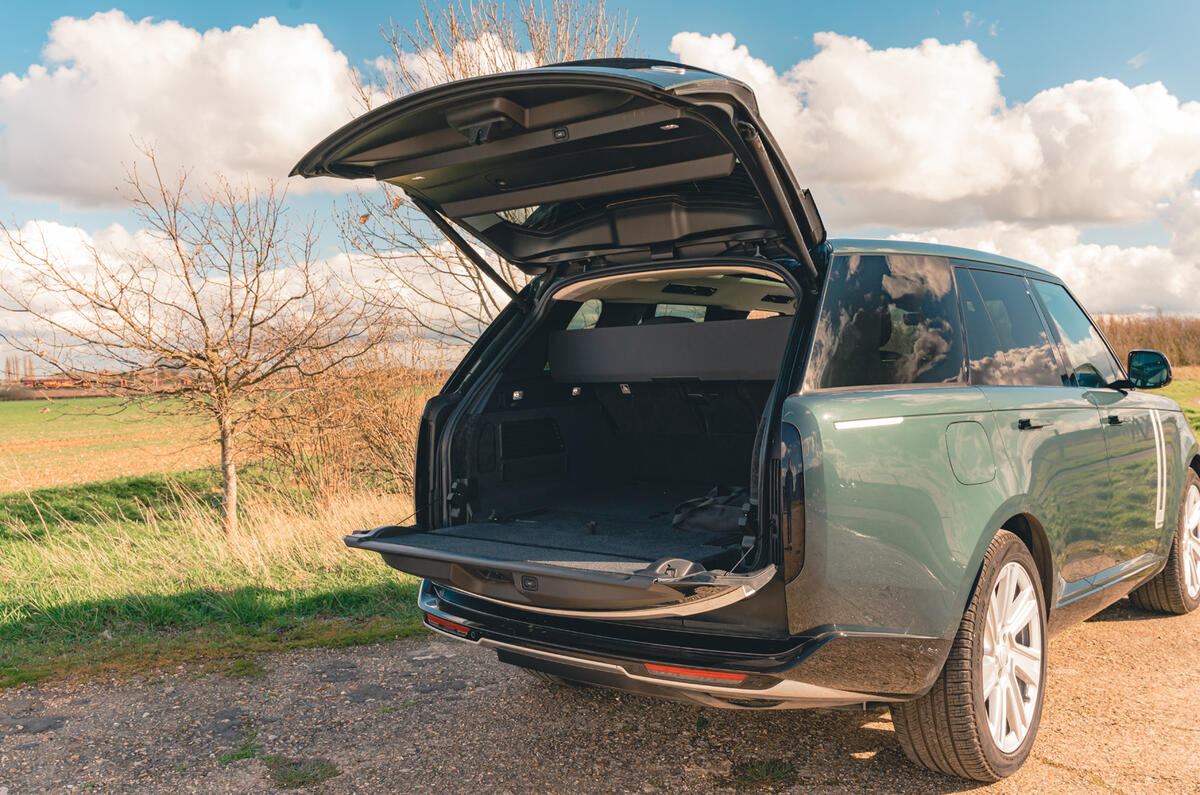
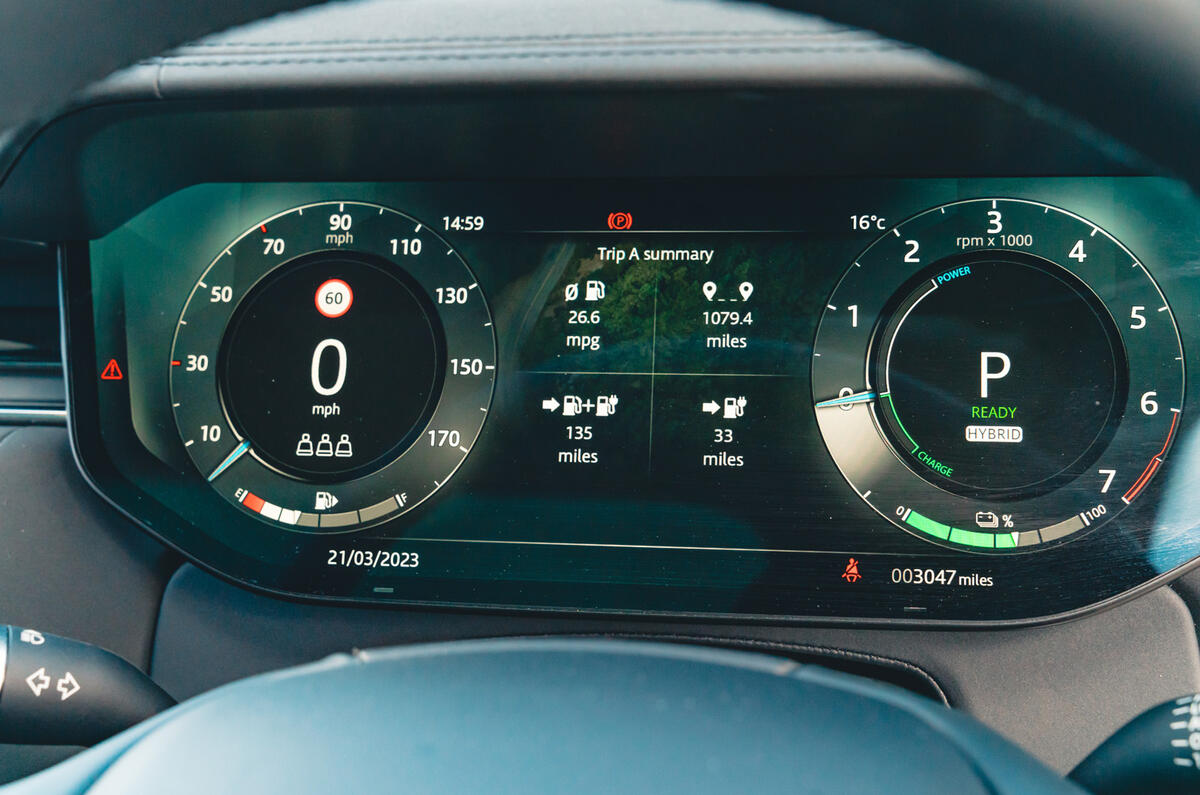
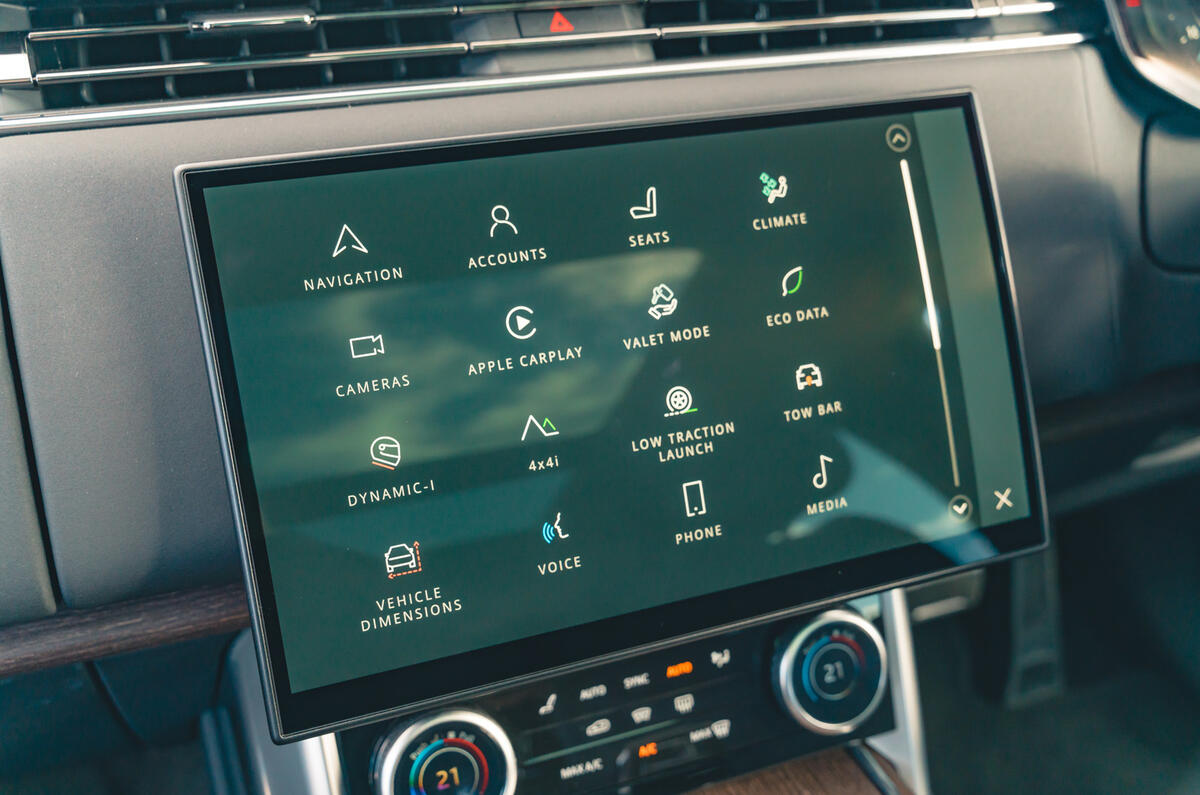

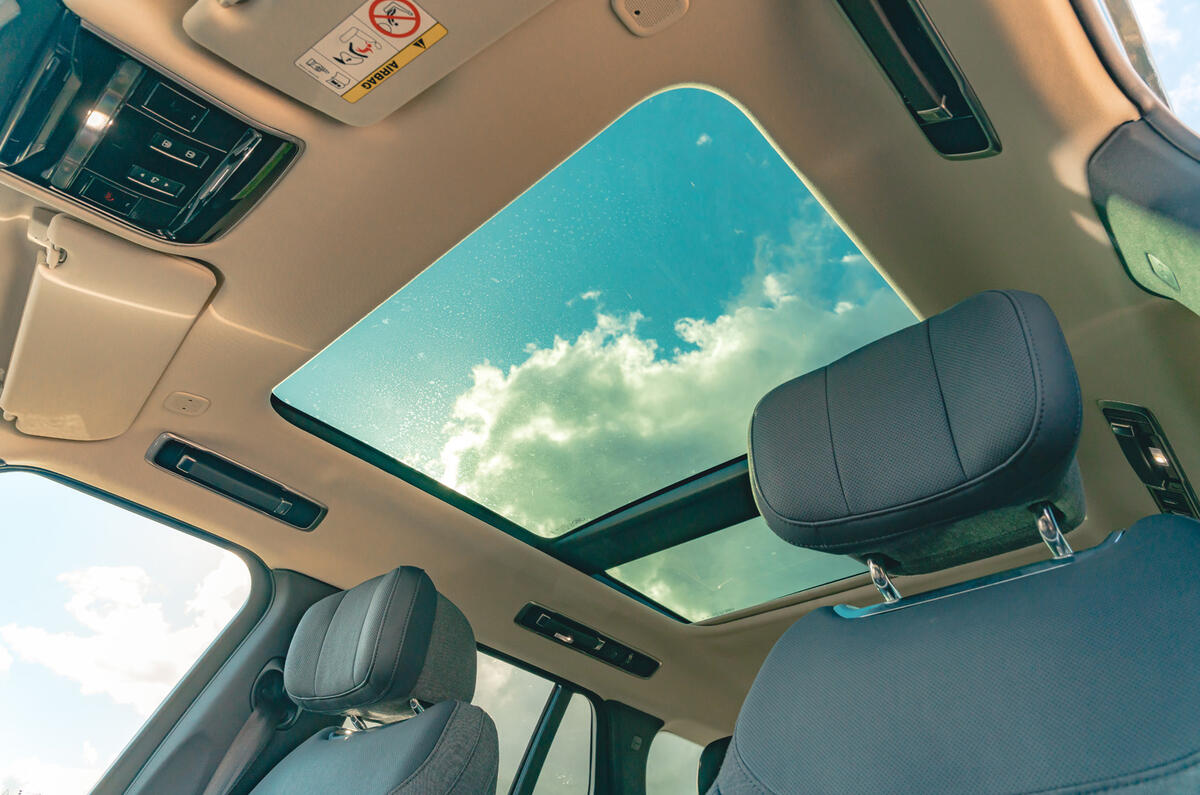
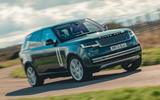
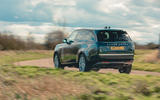
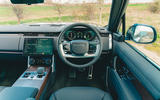


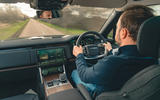
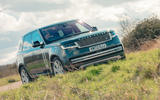
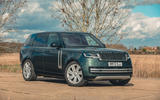
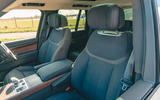
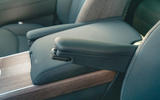
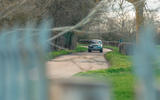
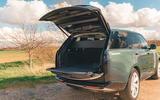
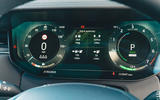

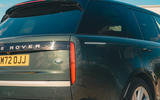
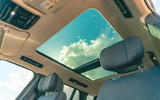


Join the debate
Add your comment
Why not write about the rangie PHEV
ability to use regen braking when slowing the vehicle on approach to roundabouts or slowing for congestion, this essential driving PHEV technique can harvest otherwise lost energy and charge the battery & improve consumption 30-40 % , in my experience, once mastered, instead of using the foot brake I always regen , this EV PHEV technology marvel can not be underestimated when towing a heavy trailer or caravan down steep hills , I regularly can regen an extra FREE 10-15 miles EV range when traveling down hill on my average 40 mile commute.
Regenerative braking also gives an added reassuring confidence to control a big car & trailer on winding 30- 40 mph country roads and when mastered correctly can change your driving style and add extra enjoyment to a good car. You write nothing about this PHEV technology marvel?
or is the PHEV range rover not equipped with regenerative braking !?
That would be like driving a fully laden HGV without an effective exhaust brake.
Another PHEV trick not mentioned is it's ability of charging the PHEVS battery when stationary in ' charge mode '
a good PHEVs Atkinson cycle engine when stationary can return the equivalent of 140 -170 + mpg
this stationary charge ability is especially effective for cooling or heating the cabin and when deployed correctly is also very effective at powering a caravan or backup power supply from the PHEVs boot equped 16 amp power take off socket !?
or is this another essential PHEV feature not found in Your PHEV rangie !?
What was the overall fuel consumption over the course of the test?
Test average was 27.6mpg over the six months.
Thank you!
I missed the data box at the bottom of the page on first reading. I wonder what the plain D350 would record on a similar test.
It used to be, but on an all LED light vehicle the modern blinker and sound is not a relay clicking away too fast but an icon on a screen and the click sound is via the speakers. So poor software here.